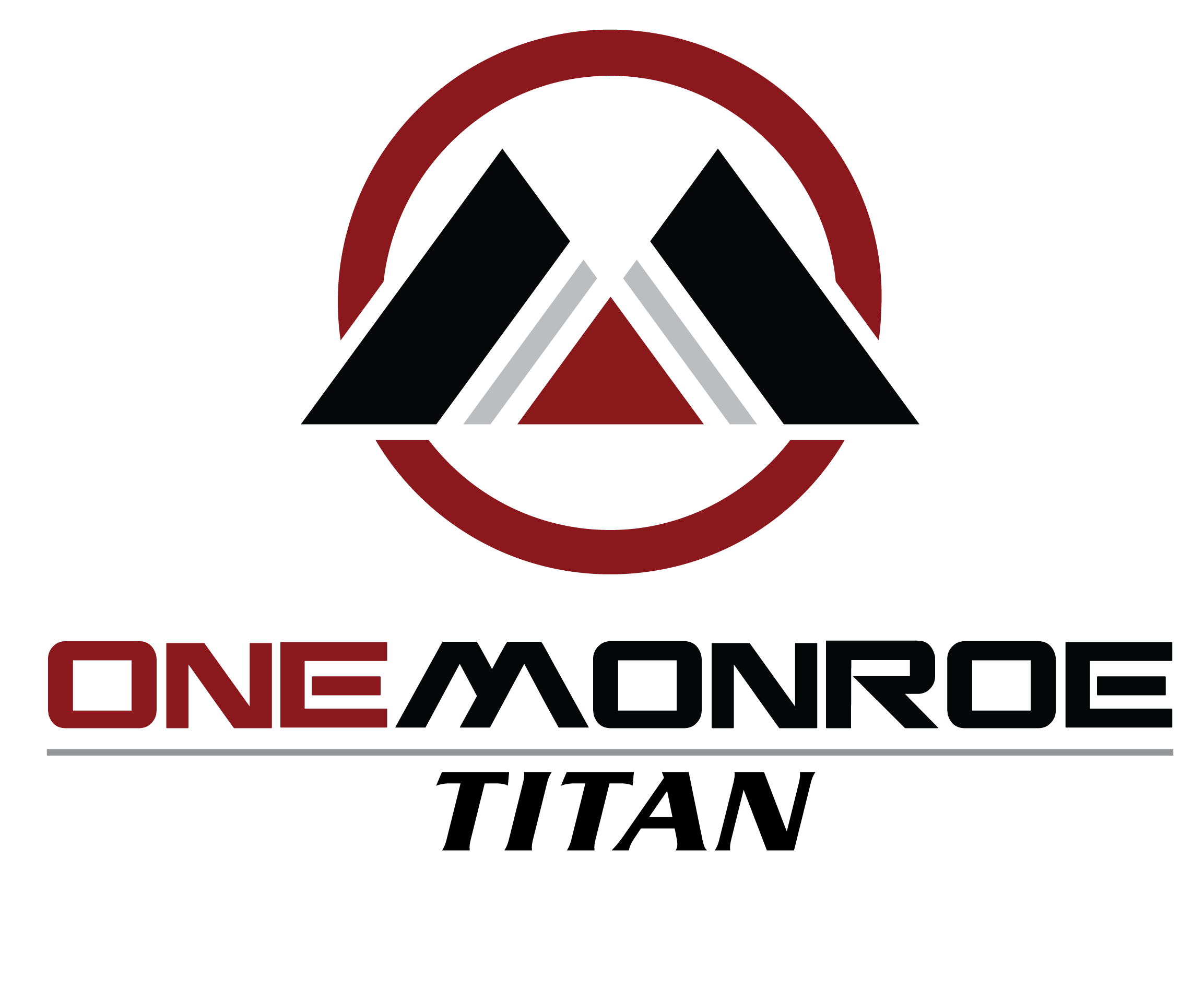
As we stand on the brink of an energy revolution, solar power is poised to lead the charge. In 2025, renewable electricity is anticipated to surpass coal as the world’s leading energy source, signaling a pivotal moment in the global effort to combat climate change. This shift is powered by innovation in solar technologies, which are rapidly evolving to meet the growing demand for clean energy.

Emerging trends such as energy independence and domestic manufacturing are reshaping how we think about solar energy. Retrofitting existing solar projects with battery storage capabilities is becoming a standard practice, allowing for greater flexibility and efficiency. These advancements not only promise to enhance the performance of solar installations but also support job creation in the renewable sector.
Moreover, the global landscape is shifting with nations increasingly adopting policies that favor solar energy adoption. This change is driven by the need for sustainable energy sources to fuel the growth of electrification and data centers worldwide.
Emerging Trends and Technologies in Solar Energy

In 2025, several key trends are shaping the solar energy landscape. We’re seeing a rise in new solar panel technologies, innovations in energy storage solutions, and the pivotal role of artificial intelligence and IoT.
Next-Generation Solar Panels
Solar power is advancing with revolutionary solar panel technologies. Among them, perovskite solar cells are gaining attention due to their potential to achieve high efficiency and cost-effective production. These cells present a promising alternative to traditional silicon-based panels. Additionally, thin-film solar technology is improving flexibility and application possibilities, such as building-integrated photovoltaics (BIPV), where solar panels are seamlessly incorporated into building materials.
Breakthroughs in Energy Storage Solutions
Developments in energy storage are critical for maximizing solar power usage. In 2025, we’re seeing significant innovations in battery technology, especially in lithium-ion batteries and flow batteries. Lithium-ion batteries continue to be popular due to their high energy density and efficiency. However, flow batteries provide a promising alternative for large-scale storage, offering extended lifespan and scalability. These advancements in battery storage systems enhance our ability to store and efficiently manage solar energy, increasing overall reliability and stability in energy supply.
Artificial Intelligence and IoT Integration
Integrating artificial intelligence (AI) and Internet of Things (IoT) with solar energy systems is transforming energy management. AI algorithms optimize the performance of solar panels by predicting weather patterns, thus adjusting energy production strategies accordingly. IoT devices allow for real-time monitoring and control, enhancing the efficiency of solar photovoltaic systems. By utilizing AI and IoT, we enable smarter energy management, resulting in reduced costs and improved energy output.
Impact and Future Outlook of Solar Power in 2025
As we venture deeper into 2025, the influence of solar power on energy landscapes is unmistakable. We can anticipate notable advances in utility-scale solar, dynamic shifts within the market and regulatory arenas, and progressive outcomes in terms of sustainability and climate change mitigation.
Utility-Scale Solar and Grid Integration
In 2025, utility-scale solar continues to expand its footprint, thanks to technological leaps and declining solar panel prices. The integration with grid systems is crucial for ensuring grid stability and reliability as these large-scale installations contribute significantly to power generation. Floating solar farms and innovations in energy storage are expected to mitigate intermittency, enhancing our ability to utilize solar power efficiently throughout varying times of the day.
Our emphasis on clean energy and energy security aligns with the focus on transitioning from fossil fuels. As solar-generated electricity begins to dominate the renewable energy sector, we face challenges regarding the integration of solar into existing grid systems. Initiatives promoting green hydrogen from surplus solar power further signify how utility-scale solar contributes to broader energy ambitions.
Market Dynamics and Regulatory Environment
Incentivizing solar power through government initiatives such as feed-in tariffs and tax credits remains pivotal. These measures are integral to sustaining growth in solar power generation and commercialization. As costs decline and efficiency improves, more regions become viable for investment, driving expansion in the energy market.
Energy transition policies support decarbonization efforts, reducing the carbon footprint while encouraging renewable energy usage. These dynamics affect solar panel prices and, consequently, the growth of solar installations. The ever-evolving regulatory landscape requires us to adapt, ensuring sustainability and performance excellence in expanding solar market applications.
Sustainability and Climate Change Mitigation
Addressing climate change is paramount, and solar energy contributes significantly to decarbonization and emission reduction efforts. In 2025, solar power stands as a cornerstone of our sustainability strategy, influencing practices across industries. Harnessing solar for commercial applications offers a dual benefit of reducing environmental impact and improving energy efficiency.
Complementing traditional methods, solar power’s durability and operational lifespan emphasize its key role in a sustainable future. Solar advancements improve energy consumption patterns, highlighting a forward-thinking approach to climate change mitigation.

